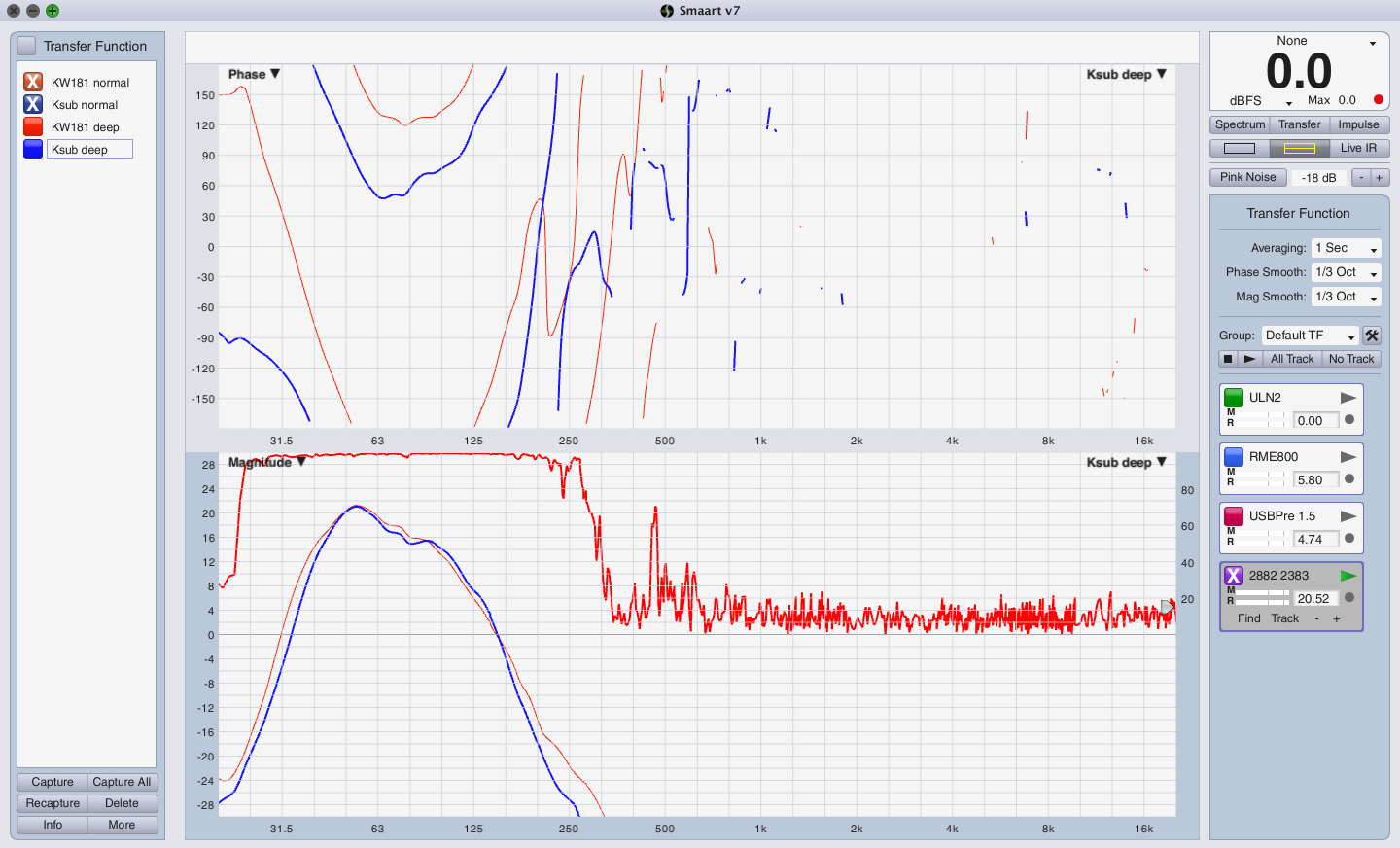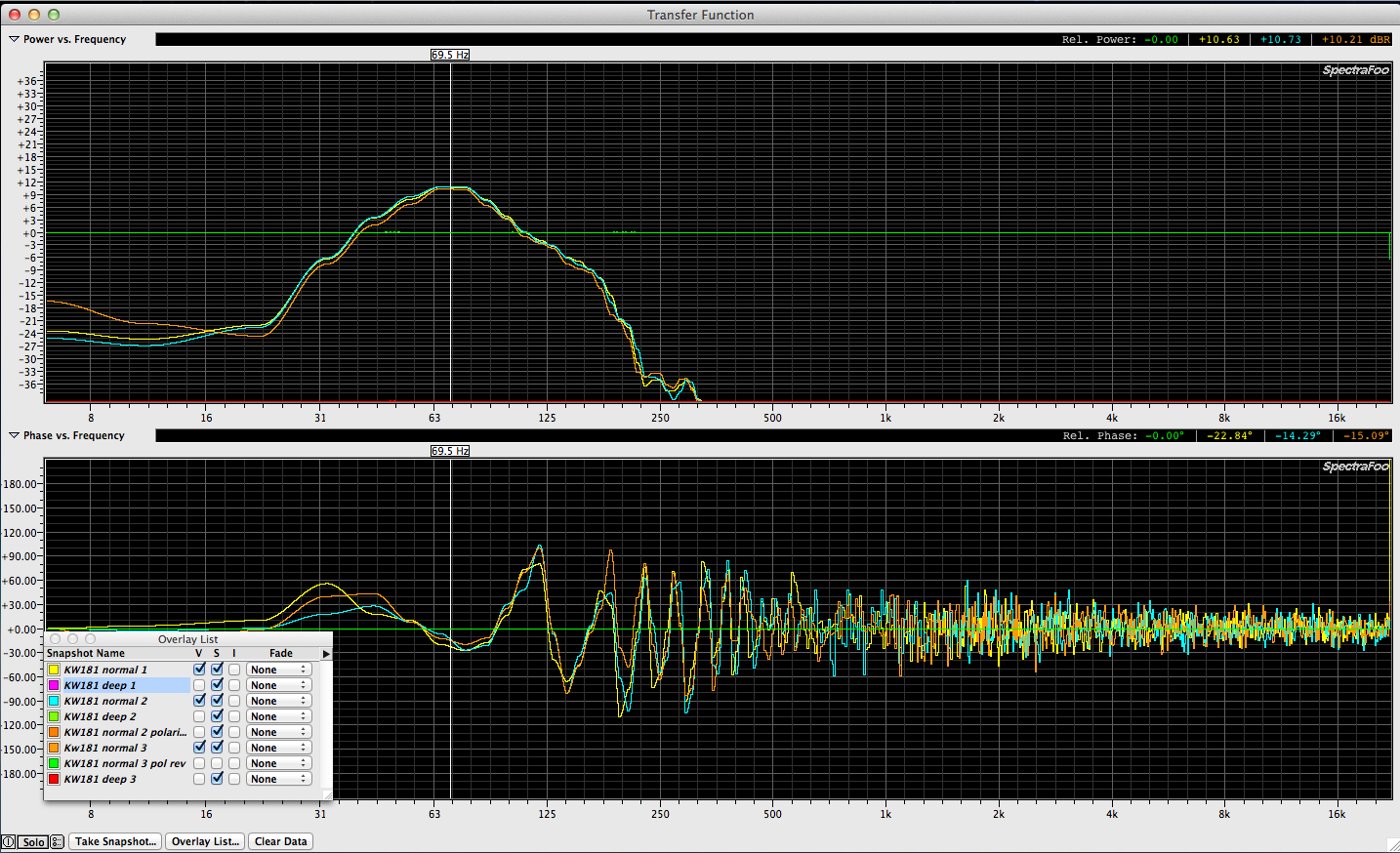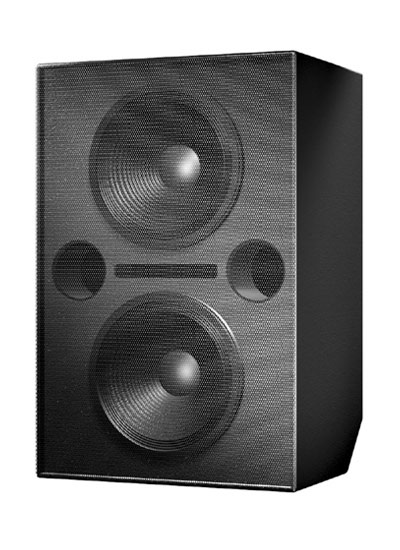I recently realized that there are two distinct branches on the live sound measurement tree. The larger and more complicated branch being system design and optimization. What is the smaller branch? Existing system optimization. Depending on the venue and house staff, my “optimization” scope might be as limited as tuning the entire system via the console EQ. In this case, I may end up with a system that doesn’t perform well but not have any other option.
A systems designer that is installing a new sound system typically has the luxury of choosing the location of each speaker (within the restraints of the physical space) dictating where each speaker is aiming and measuring & processing every zone independently. Then taking on a more holistic view of the system and refining further.
When you walk into a venue and they take the L/R out of your console, you make have that much control only. Meaning you will get to optimize the system with your board eq or your own DSP upstream of the house processing. With a more flexible design you may have L/R/Sub/Front Fill/Delay feeds and control of all those zones. All that is great if you have the time to break the system into it’s parts and optimize each piece before recombining it. Based on conversations with world class system measurement engineers time is always a limiting factor. It may even be THE limiting factor. What good is a road case full of optimization gear if it never gets used? None. I probably own a measurement rig now that can cover any gig but have never used it all at one time. Why? Time. Much of what I do at this point as a measurement engineer is voluntary (highy recommended) which typically allows more time than a typical paying gig would. When I worked with Howard Page of Clair Brothers a few years ago he made it very clear that you need to have your rig well put together, labeled and should be able to be up and running in a matter of minutes. Then you need to be able to taken a typical system’s optimization in 30 minutes or less. One of the ways to do this is to avoid wires. Howard’s Smaart rig is based on a Lectrosonics TM400 RF and appropriate measurement mic. With a wireless measurement rig, you can move fast. Especially if you have an assistant that can place the mic and then move it to the various measurement spots for you. That is the roll I played for Howard.
I do not think that the 30 minute target can be achieved without a wireless measurement rig. Let’s say you’re measuring L/R/Sub/FF/under balc delay/ over balc delay which was the case on the gig I worked with Howard on. Even if you skip measuring L or R and only measure one side of the mains, you’re still measuring 5 zones. Some that are a great distance away from others.
Let’s establish a few goals based on my experience working with Howard.
1. your rig needs to be quick and easy to set up. Target time of less than 5 minutes before you can be measuring your first zone.
2. your concept of how to tackle a system needs to be

























